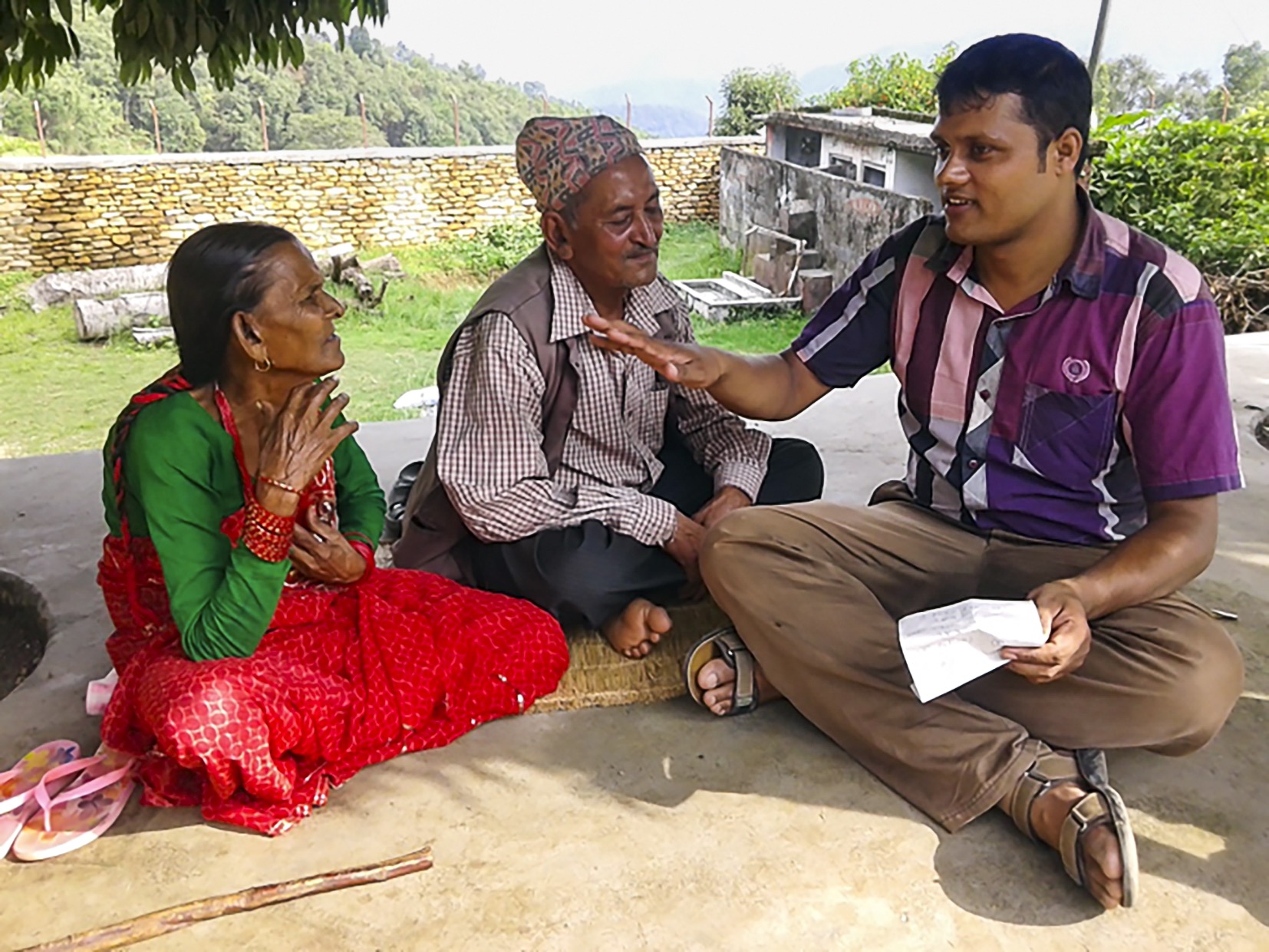Test your knowledge and understanding

Related content
This page is designed to help you to test your own understanding of the concepts covered in this issue, and to reflect on what you have learnt.
We hope that you will also discuss the questions with your colleagues and other members of the eye care team, perhaps in a journal club. To complete the activities online – and get instant feedback – please visit www.cehjournal.org
Tick ALL that are TRUE
Question 1
During cataract surgery on an elderly woman, the capsule ruptures and vitreous is lost, but you are able to insert an intraocular lens. What should you do?
a. Nothing. She doesn’t speak English so was unaware that there was any complication during the surgery, and telling her will just cause needless anxiety.
b. Nothing now, but maybe tell her about it later, when you know what the visual result will be.
c. Give her a complete explanation as soon as possible, but avoid saying that you are sorry, as it could be seen as an admission of negligence.
d. Give her a full explanation immediately, and say that you are sorry that this problem has occurred.
e. Send a junior colleague to apologise, as you have to go to another clinic.
Question 2
You discover that a patient with glaucoma has left the clinic with betamethasone rather than beta blocker eye drops, because of an error by a junior nurse. What should you do?
a. Nothing. The different prescription will not make much difference.
b. Call in the nurse and explain that it is her fault that the patient is likely to go blind, and then fire her.
c. Phone the patient and tell him that he has got the wrong eyedrops, but it was the nurse’s fault, and that he can come back and buy the correct eyedrops tomorrow.
d. Hold a meeting with all clinic staff, and explain that an error has occurred, without naming any individuals. Ask for suggestions to modify procedures in the clinic to avoid this error in future.
Question 3
Which of the following are examples of clinical negligence?
a. Losing sight because of a choroidal haemorrhage during surgery.
b. Progression of glaucoma, despite treatment with eyedrops.
c. Perforation of a corneal ulcer, leading to loss of the eye, following treatment with intensive topical antibiotics.
d. Vitreous haemorrhage in a patient with proliferative diabetic retinopathy one month after pan-retinal laser treatment.
Question 4
A patient attends the clinic complaining of blurred vision in a painful photophobic eye. An eye nurse makes a diagnosis of conjunctivitis and prescribes chloramphenicol eyedrops, but he does not stain the cornea with fluorescein. Two days later, the patient returns with a vision of hand movements (HM), a large corneal ulcer and a hypopyon. What should you do?
a. Sack the eye nurse for gross negligence.
b. Investigate what factors may have affected care on the day the patient attended, and arrange a period of training and supervised practice for the nurse.
c. Advise the patient that this clinic cannot treat her eye, and recommend that she goes to another hospital.
d. Tell the patient that this is her fault. She must have used traditional eye medicine, because she was given the correct treatment in the clinic.
ANSWERS
1. a. No. Even if the patient is unaware of the complication, you have a duty to be honest and explain what happened. b. No. Explanations should be given promptly, as soon as possible after the incident, even if the final outcome is unknown. c. No. Giving an apology is essential. Saying you are sorry she has had a problem is not an admission of negligence. d. Correct. e. No. A senior health worker, with sufficient knowledge and experience to answer questions, should always be involved.
2. a. No. It is possible that the patient will not come to serious harm, but you have a duty to put right mistakes that are made in your clinic. b. No. This will promote a blame culture, which makes it difficult to identify the cause of an error, and put it right so it doesn’t happen again. c. No. Blaming others doesn’t excuse your responsibility as the supervising senior health worker. If the problem occurred as a result of the clinic’s mistake, the clinic is responsible and should provide the correct treatment free of charge. d. Correct. You must also phone the patient, tell him that he has got the wrong eyedrops, apologise, and tell him what he should do next.
3. None of these are examples of negligence. However, they are all well-known risks. If the patient had not been warned about them before starting treatment, the doctor could be found to be negligent for not obtaining informed consent from the patient.
4. a. No. The nurse has been negligent but sacking him without any investigation creates a blame culture; this prevents the team from taking action to improve the care in the clinic. b. Correct. You may find that the pharmacy had not ordered any fluorescein, or that the nurse was grossly overworked because two of his co-workers were sleeping. In some countries, you may have a duty to report the incident to a regulatory body, who will judge whether the nurse poses a threat to patient safety. c. No. Although it is embarrassing, you have a duty to treat the patient, and to explain what went wrong. If the patient chooses to go to a different clinic, that is understandable, but you should not refuse to treat her. d. No. Never blame the patient. Even if she did use traditional eye medicine, the examination and treatment she received at the clinic was inadequate.
